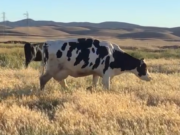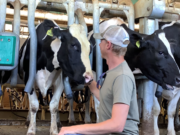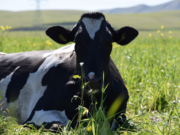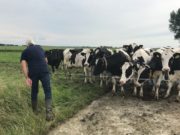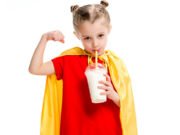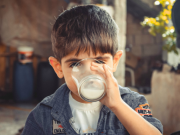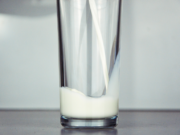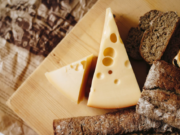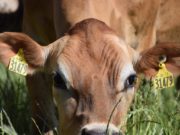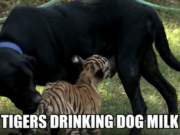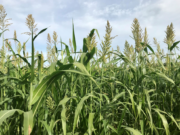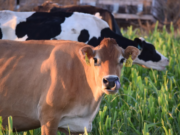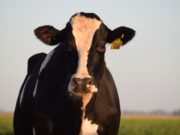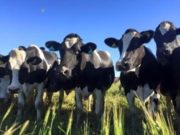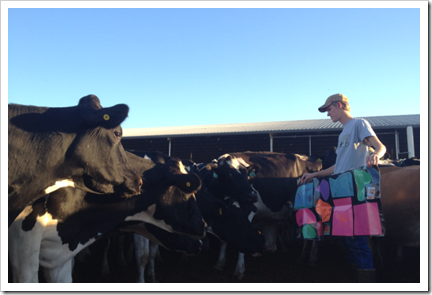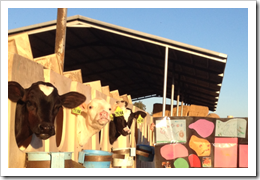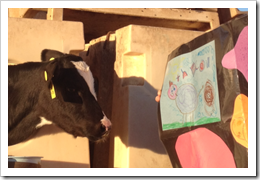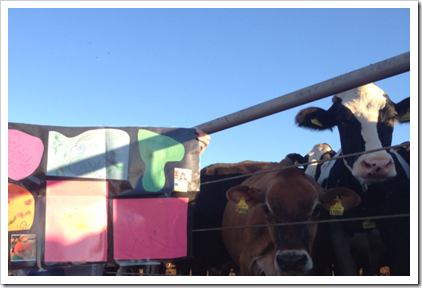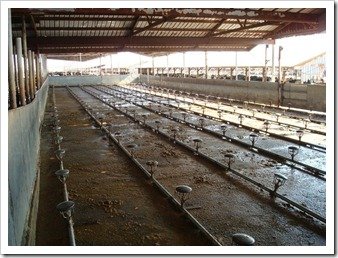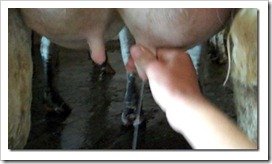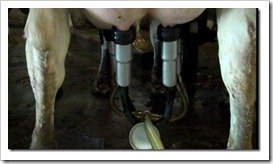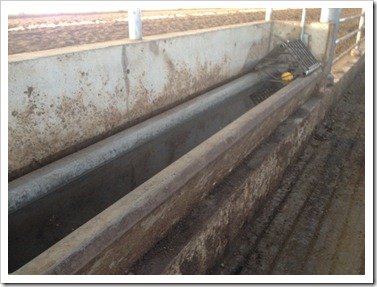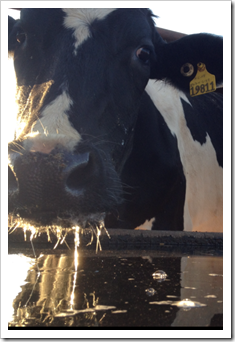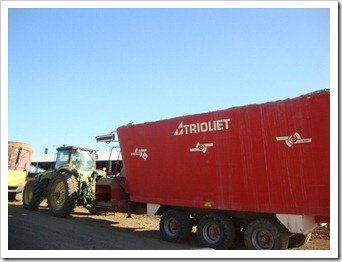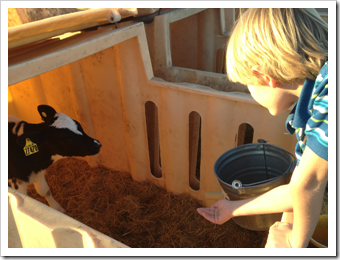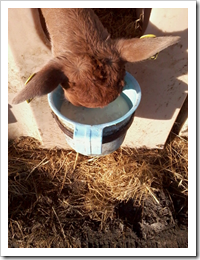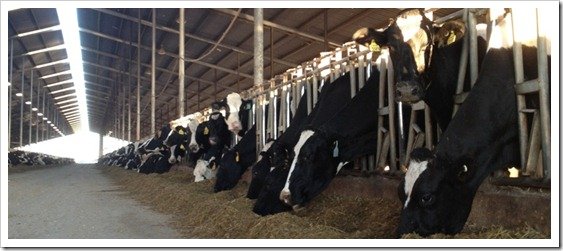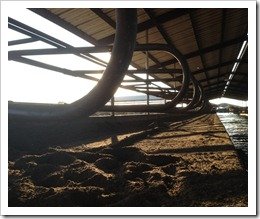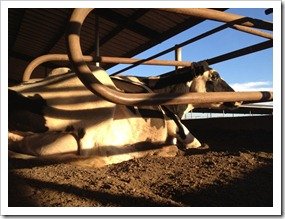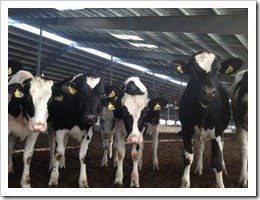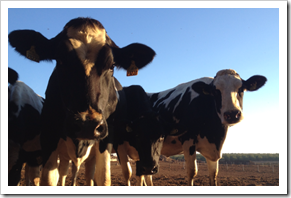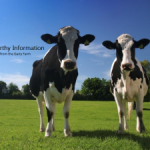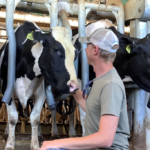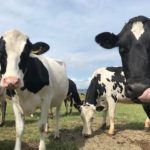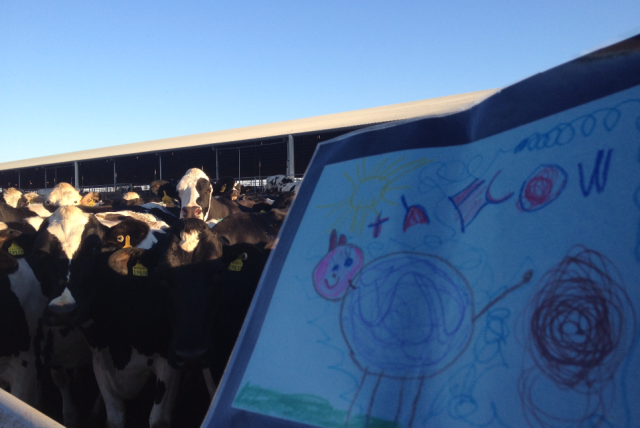
Casey the cow visits the dairy
Recently, I had the pleasure of having a surprise guest over at our dairy. So like any other good host, I showed her around, and was very happy to answer all her questions.
Casey the cow was sent to me by Cole, Ayla, Eli, Aryan, Nrithya, Jacob, Parker, Neil, Olivia, Caroline, Ana, Miss Ashley, and Miss Samantha all the way from Dardenne Prairie, Missouri. They asked me to show her around our farm, and wanted some important questions about cows answered.
Casey gets a tour
Casey really had a great time on her tour of the dairy. When she arrived, we first visited the baby calves. She got see where they lived, and how we take care of the babies on the farm. She was really quite impressed with how much care the babies actually get on the farm.
After visiting the baby calves, Casey also got to see where the cows live, and where they spend their time. Cows have a pretty easy life. They spend 8 hours every day eating, 8 hours a day chewing their cud, and the other 8 hours sleeping.
Casey also got to see what cows eat, and where the food is stored. Dairy cows can eat 75 to 100 lbs of food every day. If the cows are milking they will typically eat 50% more food than a cow that isn’t milking. That’s a lot of feed!
Casey also got to see the cows getting milked in our milk barn. Casey didn’t know it at the time, but the average cow give 70 lbs of milk every day. That’s about 8 gallons of milk every day.
8 great questions about cows
While I was giving the tour, Casey had some very good questions for me:
Do cows take baths?
Surprisingly the cows take a shower 2 times every day. So they stay pretty clean. Before getting milked, the cows wait in the wash pen, where sprinklers wash the cows. This makes sure that they are nice and clean before getting milked.
**The sprinkler pen where the cows take their shower twice a day**
You can read more about how we make sure the milk stays clean, in another posting I did. To read it. Click here
How do you milk cows?
Milking cows is one of the most important jobs on the dairy. Cows must be milked 2 times per day, every day of the week. In the past, you had to milk cows by hand, which was a lot of work. Then in the early 1900s, the milking machine was invented to milk cows so people don’t need to milk cows by hand anymore.
**You can still milk cows by hand, but it takes awhile so at the dairy, we use milking machines**
Casey was pretty amazed with how comfortable the cows were when they were being milked. The cows really love being milked, and they even get to listen to some great music while getting milked.
You can see the cows getting milked in the video below:
How do cows drink water?
Did you know the average cow drinks 30 to 50 gallons of water every day! That’s a lot of water, so we have water troughs in the pens for the cows so they can have free access to water whenever they want. The water troughs are as big as your bathtub at home
The water troughs never run out of water, when the cows drink the water, the valve automatically turns on to refill the trough with more fresh clean water.
**One of the many water troughs at the dairy**
How do you feed the animals on the farm?
On the farm, we have a big area where we store all the food for the cows. It’s basically our farms kitchen. Cows can eat a lot of different things, so we have a tractor with a big wagon that mixes the different food together.
Just like people need to eat a healthy diet, cows also need to eat healthy. So we have a nutritionist come to our farm to figure out what feeds the cows should eat.
Feeding cows is a lot more scientific than you would think. You can read more about how we feed the cows in a post I wrote awhile back. Click Here
**The feed wagon, all the feeds are put into this wagon, and it mixes it**
What do cows eat?
On the farm we have a lot of different things cows can eat. The following are a few of the feeds that we have on the dairy.
· Corn Silage, (chopped and fermented corn)
· Oats Silage, (chopped and fermented oats)
· Alfalfa Hay
· Cottonseed, (the seed from growing cotton)
· Almond Hulls, (the outside shell of an almond)
· Distillers Grain, (leftovers from the ethanol plant)
· Brewers Grain , (the mash from beer making)
The main food cows eat is silage, which is chopped oats or corn. When we harvest corn or oats, we chop it into very fine pieces, and put it into a large pile. The pile ferments so it will stay good all year.
You can read more about how we grow our crops for the cows, how we grow corn for the cows to eat, and how we grow oats for the cows to eat
Do cows drink milk?
Cows don’t drink milk, but we feed milk to the babies. The babies are fed milk twice a day. They really love drinking their milk, and it helps them grow really fast. When the calves grow older though, their stomach changes so then they can eat forages like grass and hay so they don’t need to drink milk anymore.
**The baby calves get milk twice a day**
Taking care of the babies is a lot of work, but they need a lot of care. You can read more about the babies in another post that I did. Click Here
Where do the animals live and sleep?
**Some cows eating**
The cows live in large barns, and we make sure to keep them very comfortable. The barns are called free stall barns, because there are open stalls in the barn where the cows can sleep. They can choose whatever bed they want to sleep in.
We keep their beds soft by fluffing their beds every day. It’s a lot of work keeping the beds soft, but comfortable cows are happy cows so it’s well worth the extra work.
The barns keep the cows warm and dry in the winter, and nice and cool in the summer. The cows also have a large corral where they can run around.
**Cow resting in the free stalls**
Do you brush the cows?
At many dairy farms today, there are automatic brushes that bush the cows whenever the cows want. They just walk up to it and it starts brushing them.
We don’t have one of these at our dairy yet, but hopefully we will soon.
We had Fun!
Overall, it was great showing Casey around our farm, and answering all her questions. I hope she enjoyed her visit too! If she has any more questions, feel free to let me know!

